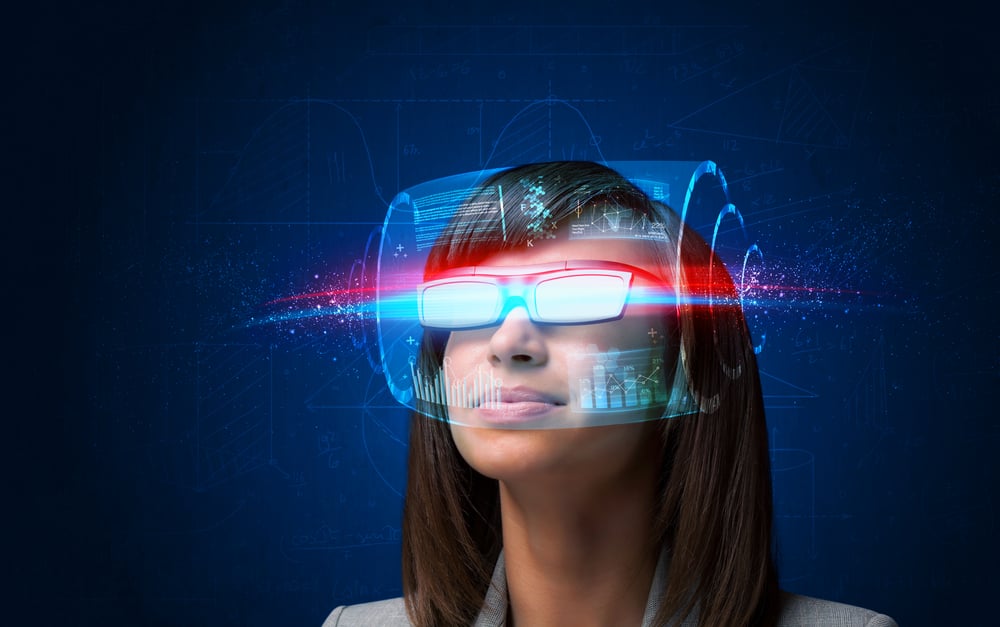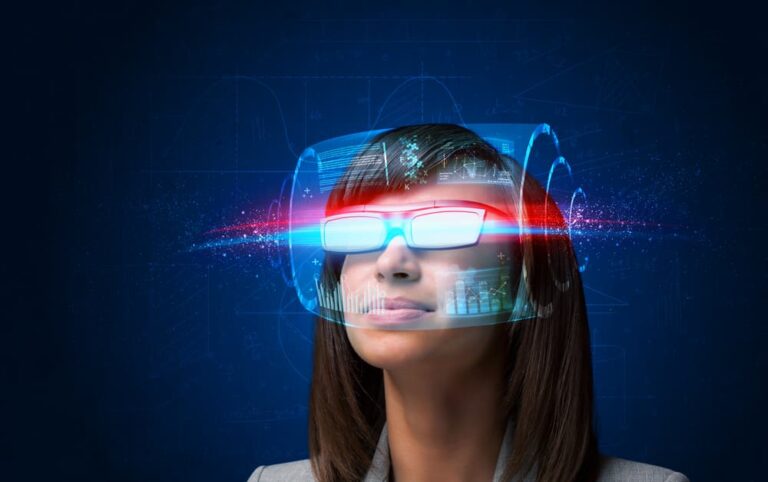The American workforce has evolved over the past 200+ years, reshaping itself in response to economic, technological, and world events. All these factors came into play in the past year as the COVID-19 pandemic forced a sudden shift to remote work for large segments of the workforce.
Many businesses were able to weather the coronavirus crisis with a Work from Home (WFH) strategy that would not have been possible without the Digital Revolution, often called The Third Industrial Revolution, which transformed the workforce the past 30 years.
From Rosie the Riveter to Zoom Happy Hours
It remains to be seen if Zoom Happy Hours will join Rosie the Riveter and Henry T. Ford’s assembly line as icons of significant workforce events, but many experts think that remote work or some form of it is here to stay.
“2020 brought WFH front and center,” wrote Derek Jones for Vault, a company that offers resources to jobseekers. “Remote work proved to be the catalyst for essential changes in values and priorities.”
In response to the WFH model, the Future Forum launched the “Remote Employee Experience Index” to help organizations redesign work.
“The pandemic has given us a golden opportunity to redesign the world of work. We have no choice but to work differently,” wrote Future Forum Vice President Brian Elliott.
COVID-19 Shifts Workforce Dynamics
There have been shifts in the workforce dynamics the past year that Jones says will, “continue to shape the way we work well beyond the end of Covid-19.”
Among the five trends that Jones identifies are:
- Soft Skills: Employers are recruiting employees who score high in soft skills such as creativity, adaptability, and emotional intelligence. These skills are crucial to succeed in a remote work environment.
- Flexibility and Autonomy: Employees will not want to return to the old office ways after getting a taste of flexibility and autonomy. Younger generations in the workforce will continue to push for work-life balance post-pandemic.
- Well-being: The days of employers being able to separate their employees “work lives” from their “home lives” may be over as the lines were completely blurred in 2020. Employers must focus on their employee’s well-being and mental health.
- The Office 2.0: Just because WFH will remain in some form, it does not mean that the office will go away, but the office of the future will be different with public spaces and work areas reimagined. Time spent in the office will focus more on activities that thrive on face-to-face interaction and less on mundane tasks such as clearing your email inbox.
- Digital Transformation: The COVID-19 accelerated digital transformation in the workplace with companies embracing new technologies in a matter of weeks or months that normally would have taken years to incorporate. Companies will continue to find value in staying ahead of the digital curve.
Emerging technology such as 5G, Artificial Intelligence, autonomous vehicles, Virtual Reality, robotics, machine learning, and the IoT is opening what some are calling The Fourth Industrial Revolution or Industry 4.0.
autonomous vehicles, Virtual Reality, robotics, machine learning, and the IoT is opening what some are calling The Fourth Industrial Revolution or Industry 4.0.
“In this rapidly changing world, understanding, developing, and executing on integrated strategies that leverage Industry 4.0 technologies should be a priority for all organizations. The same technologies that can improve business also can benefit society—and should be used for both,” summarizes a Deloitte white paper.
To understand how we arrived at the Fourth Industrial Revolution we need to turn the hourglass way back to the First Industrial Revolution.
Steam Powers The First Industrial Revolution
The move from an agrarian, rural-based society in Europe and America to an industrial, urban-based model picked up steam in the 18th century with the first modern steam engines.
Textile businesses in England soon moved away from being small, cottage industries to factory settings.
The watershed year for the United States in The First Industrial Revolution was 1793 when Samuel Slater, called the Father of the American Industrial Revolution, opened a textile mill in Rhode Island.
That same year, Eli Whitney modernized the cotton industry by inventing the cotton gin.
The Second Industrial Revolution Built on Oil, Steel, Electricity
Rapid advances in the second half of the 19th century from oil to steel to electricity paved the way for The Second Industrial Revolution that changed the way Americans lived and worked with many moving during that era from farm to factory.
“It was a tremendous transformation of people’s lives,” Joshua B. Freeman professor of history at Queens College and author of Behemoth: The Making of the Factory and the Modern World, told the History Channel.
Among the changes, according to the Library of Congress:
- Between 1880 and 1900, U.S. cities grew by 15 million people, fueled by immigrants from around the world, and migrants from rural areas, looking for work in new industries.
- American society was transformed with a wealth industrialist class formed along with a prosperous middle class and an expanded blue collar working class.
- Work life changed, especially in factory settings, and labor unions were formed in response.
The Second Industrial Revolution reached its apex with Henry Ford’s assembly line firing up in 1913.
The Great Depression and the World at War
With World War I pegged as the ending point of The Second Industrial Revolution, Americans scarcely had more than a decade to enjoy the fruits of their labor before the Stock Market Crash of 1929 ushered in the Great Depression.
Jobs, savings, and homes were lost by many as more than 25 percent of Americans were out of work during the depth of the Great Depression.
While the federal government helped stem the tide with New Deal policies such as the Works Progress Administration, Civilian Conservation Corps, and Social Security, it wasn’t until the start of World War II that America recovered.
With many men away at war, the country’s unemployment sunk to historic lows of 1.2 percent. Women on the home front mobilized with some 18 million working in factories and offices, symbolized by Rosie the Riveter.
Internet Era Launches The Third Industrial Revolution
 America was poised to advance economically better than any other nation after World War II and the workforce reaped the benefits in the 1950s and 1960s.
America was poised to advance economically better than any other nation after World War II and the workforce reaped the benefits in the 1950s and 1960s.
By the 1970s, the foundation was being laid for The Third Industrial Revolution in which digital communications technology would change how we transmit information, do business, and interact with each other.
The birth of the Internet in the 1990s followed rapidly by the dot com boom and iPhone era fundamentally changed the way work is conducted.
While it may not be a stretch to draw a straight line from coal mining to coding, American workers will have to continue to embrace technological change, especially in an Industry 4.0 world where many current jobs will become automated.
Contact Employer Flexible today to find out how we can help you with your HR technologies and solutions.






